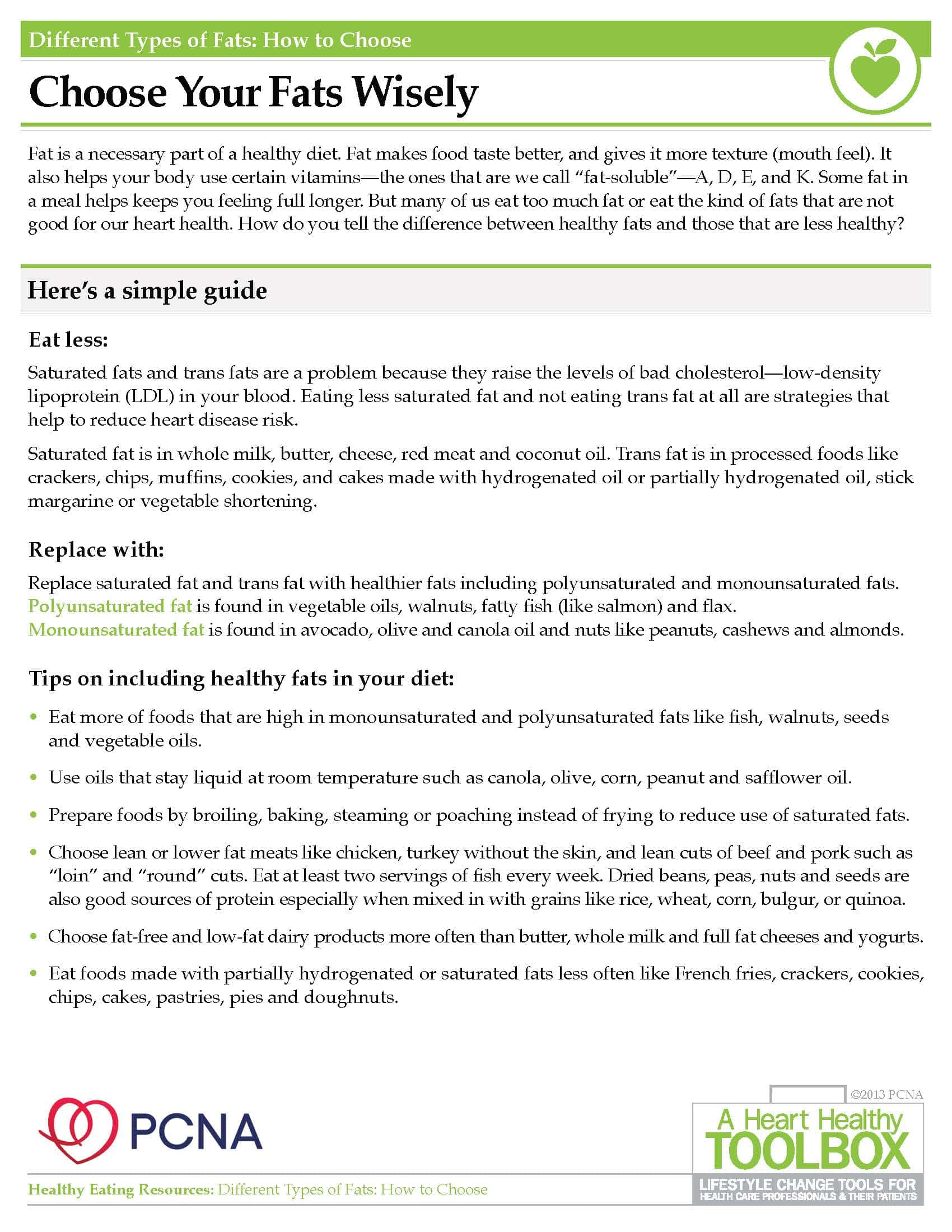Ice cream has been around for over 2,000 years, with snow and ice flavored with honey and nectar.1 Around the world, ice cream in its many forms is a very popular as a summer treat or year-round indulgence. But can ice cream be included in a heart-healthy diet?
Ice Cream Nutrition
There are a multitude of ice cream flavors and varieties, and the nutritional quality of ice cream and related products also varies widely. Reading the nutrition label is key to determining if an ice cream is right for you.
As with all foods, portion sizes will make a big difference in the number of calories and nutrients you are eating.
To be labeled “ice cream,” the USDA requires at least 10% milkfat, which can come from milk or cream.2 Some ice cream products contain up to 16% milkfat.
Ice cream also includes sweeteners, flavorings such as vanilla, and added ingredients with nutritional benefits such as fruit, nuts, and dark chocolate.
According to the USDA3, a typical ½ cup serving of vanilla ice cream includes:
- 15.58 grams of carbohydrates
- 7.26 grams of fat
- 2.3 grams of protein
- 14 grams of sugar
- 53 mg of sodium
- 137 calories, which is about twice the amount in ½ cup of whole milk1
Milkfat is saturated fat, and accounts for almost half the calories of your serving of ice cream. The remaining calories come from the protein in the milk, and from carbohydrates, added sugar, and flavorings.
The 14 grams of sugar in a half-cup serving means 56 calories in ice cream come from sugar—which is more than 50% the American Heart Association recommended amount for women and nearly 40% the amount for men.4
Ice cream does provide small amounts of nutrients, including vitamins A, B6, B12, C, D, E, niacin, thiamin, and riboflavin, as well as vitamin K1 which functions as a blood thinner and helps prevent clotting. The dairy treat also includes antioxidants as well as minerals, calcium, and phosphorus.5
Keep in mind that once flavors are added to the mix, the calorie content with increase. A ½ cup serving of cookie dough ice cream, for example, has 150 calories and 19.2 g carbohydrates from the sugar cookie bits—compared to the 137 calories and 15.6 g of carbs for regular vanilla.
Ice Cream “Relatives”
Milk-based products similar to ice cream include:6
- Soft serve – Includes the same ingredients as ice cream, but the soft serve machine adds air while freezing
- Frozen custard – At least 10% milkfat, plus 1.4% egg yolks
- Sherber – Usually 1-2% milkfat
- Frozen yogurt – Similar to ice cream, but ingredients have been cultured. Low-fat frozen Greek yogurt may provide more protein and less fat than normal ice cream.
Some people choose to make their own ice cream, to better control the ingredients such as sweeteners, or if they prefer to use non-dairy products or lactose-free milk. Serving fruits with unflavored frozen yogurt will typically have fewer calories and sugar than adding dried fruits.
Ice Cream Options for Heart Health
There are other ice cream-style products available; some will support a heart-healthy diet more than a serving of ice cream. Again, reading the nutrition labels and being aware of your health needs is key.
Products labeled “keto-friendly” may have fewer carbohydrates but may also be full of saturated or other fats, as well as sodium.
Other options may include:
- “Light” or “lite” ice cream
- May have fewer calories and fat
- Sugar content may vary and may include sugar substitutes
- Gelato-but
- Contains less milkfat, is churned slowly to result in denser taste
- May contain plant-based non-dairy products like coconut or soy
- Sorbet
- Does not typically include any dairy-related product
- May have large amounts of added sugar—even more than regular ice cream
- Fruit bars
- Typically a low-fat food
- May have a lot of sugar
- Select the most appealing version with the least amount of saturated fat and sugar
- Frozen bananas
- Freeze a few bananas and blend them with some almond milk alternative
- You can also add berries or nuts
- Avocado ice cream
- Combine avocado, cocoa powder, vanilla extract and a non-dairy milk in the blender.
- The fat content includes healthy fats, so be aware of portion size and calories
Tips for Including Ice Cream In a Heart-Healthy Diet
- Like many foods, ice cream has some nutritional advantages and disadvantages depending upon the variety chosen, and the serving size
- Check the labels for the calories, fat, and sugar content to determine which product(s) will be best for you
- Make sure you are only eating up to one serving of ice cream
- Savoring your ice cream treat can help you want to eat less of it.
- Eat without distractions like your phone or the TV
- Eat slowly and enjoy the food
- Take a small bite and focus on the flavor and texture of the bite—you can even close your eyes to really focus on it
- Balance the calories you take in with the calories you use
- Take a walk while or after eating your ice cream treat
The bottom line: in moderation, ice cream can be included in a heart-healthy diet.
References
- International Dairy Foods Association. The History of Ice Cream. Accessed April 28, 2025.
- Agricultural Marketing Service. Ice Cream Standards. US Department of Agriculture. Accessed April 28, 2025.
- US Department of Agriculture, Agricultural Research Service, Beltsville Human Nutrition Research Center. FoodData Central. Accessed April 28, 2025.
- American Heart Association. Added Sugars. Accessed April 28, 2025
- US Department of Agriculture, Agricultural Research Service, Beltsville Human Nutrition Research Center. FoodData Central. Ice creams, vanilla. Accessed April 28, 2025.
- Undeniably Diary. What is Ice Cream? Dairy Management, Inc. May 22, 2017. Accessed April 28, 2025.
Published on
April 28, 2025
Related Resources







